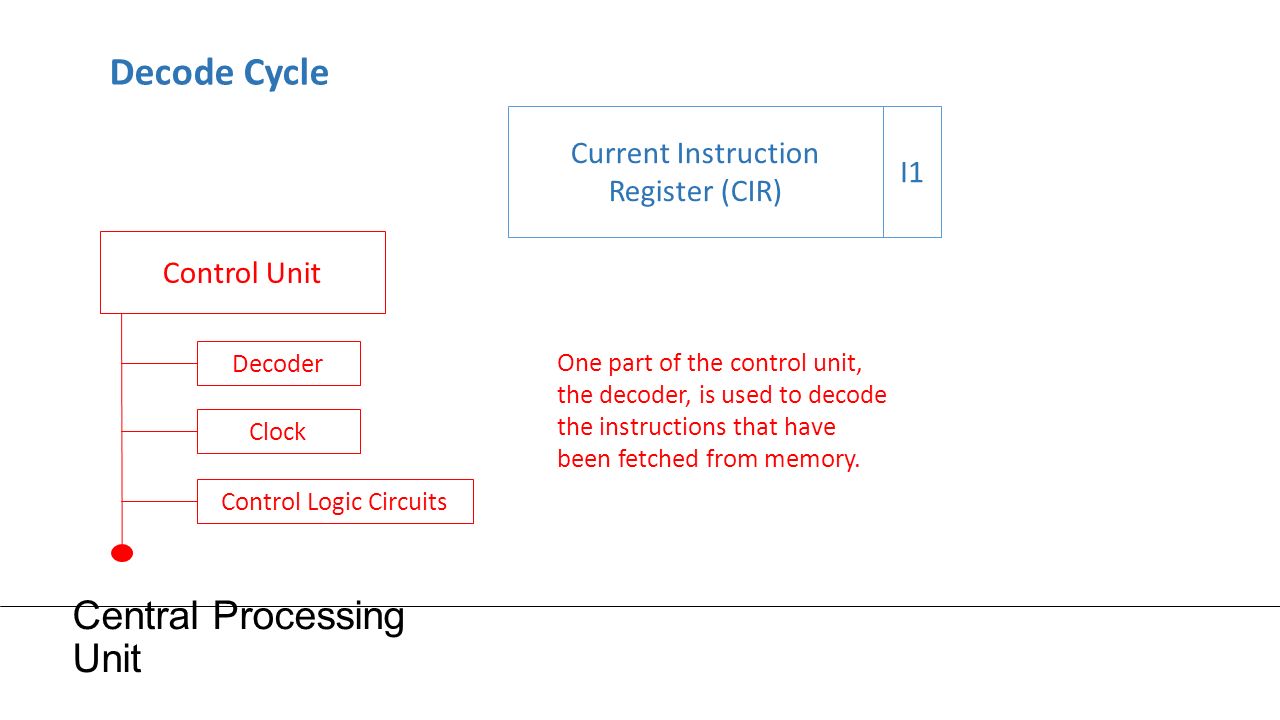The current instruction register (CIR), sometimes referred to as the program counter or instruction pointer, is a special register in many CPUs associated with the instruction execution stage. The CIR is responsible for holding the memory address of the currently executing instruction. As instructions are executed, the CIR is incremented by the size of the instruction, effectively pointing to the next instruction in the program.
The CIR is essential in the fetch-execute cycle of a processor. In the fetch phase, the CPU copies the instruction pointed to by the CIR into a register. In the execute phase, the instruction is decoded and any requisite data is retrieved from memory for the execution. After the instruction is completed, the CIR is incremented to point to the next instruction in the program. This process continues until the program is complete.
The CIR is an essential component in CPU design. Without it, the CPU would be unable to determine which instruction to execute next. As such, CIRs are typically implemented directly in the processor hardware, as opposed to being a software optimization. They are also often configurable, allowing program execution to be directed to different locations in memory.
In addition to the CIR, some CPUs also include auxiliary instruction registers to aid in faster instruction execution. Examples of such registers include the address register, an index register, and a stack pointer. Together, these registers enable certain instructions, such as jumps and loops, to be quickly executed.





